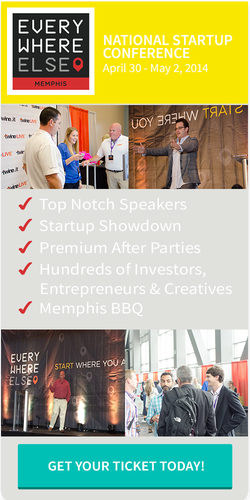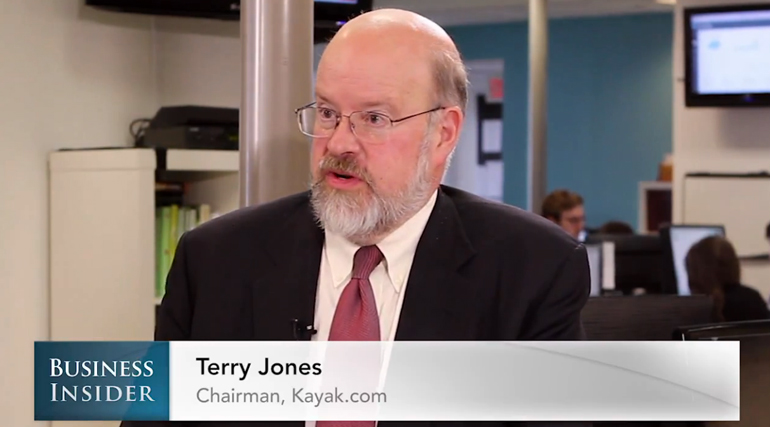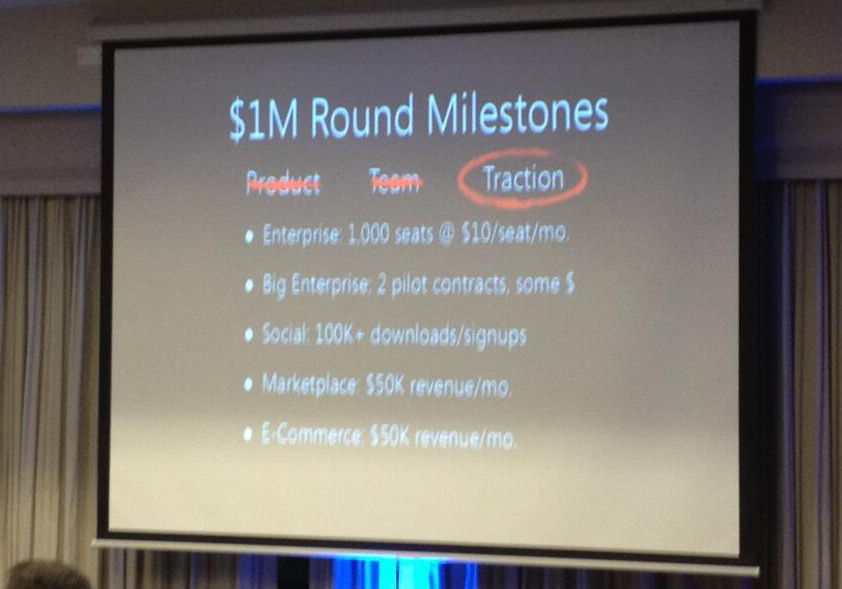 People sometimes assume that a startup needs to be based in a large city or Silicon Valley to succeed. While both these locations might offer certain advantages to a new business, college towns can offer just as many incentives. The presence of colleges or universities in your locale can reduce your costs and allow you to form lasting and rewarding relationships with those institutions. Perhaps the most rewarding and beneficial aspect of running your startup out of a college town is the chance to hire willing, intelligent, and dedicated students. The opportunities and experiences found in smaller college towns can provide your startup with the resources you need to succeed.
People sometimes assume that a startup needs to be based in a large city or Silicon Valley to succeed. While both these locations might offer certain advantages to a new business, college towns can offer just as many incentives. The presence of colleges or universities in your locale can reduce your costs and allow you to form lasting and rewarding relationships with those institutions. Perhaps the most rewarding and beneficial aspect of running your startup out of a college town is the chance to hire willing, intelligent, and dedicated students. The opportunities and experiences found in smaller college towns can provide your startup with the resources you need to succeed.
Considering the Cost
Consider how expensive it would be to start and run a business in Los Angeles, San Francisco, or New York City. The cost of starting a business in a smaller college town can be significantly less than in a metropolitan area. Workspaces can be rented at a lower cost, and starting wages for employees, coupled with the lower cost of living, can greatly benefit your bottom line during your formative years.
Funds saved can be used for more important startup endeavors, such as marketing, attending conferences, or improving products. And while it might seem that there will be fewer opportunities to meet and interact with mentors and advisors, you might be one of a handful of young companies innovating in a specific area. You’ll have ready access to university professors who have worked in the corporate world and can provide invaluable insight into a particular industry.
Creativity and Innovation
Each new school year in a college town is beneficial for startups for many reasons. One of the most basic opportunities in a college town is the influx of new students every fall. Fresh faces and eager learners bring new skillsets and experiences.
Many students seek part-time employment to help support themselves or pay for tuition. Your business then has an affordable and available built-in workforce. Recruiting entrepreneurial-minded students will help you develop a driven staff, and being near a university that offers degree programs in business, advertising, design, and information technology will provide you with the opportunity to recruit some of the top students and young entrepreneurs in the country.
These employees can also help make your startup visible on campus with their ties to other organizations or clubs. They will usually know what’s popular with — and meaningful to — their peers and the school as a whole. With this knowledge, they can help propel your company forward by talking to others about it or promoting your products. Relaying your company’s message to different groups of consumers or potential clients is always a good thing.
Internship Opportunities
Many students will seek internships to enhance their professional and classroom experiences. Several majors may even require internships with local organizations to graduate. This is a great way for your startup to gain the insight and assistance of a dedicated employee without incurring any cost.
You also have your next potential full-time employee in an intern who already knows your company and its operating procedures. Finding interns can require a more focused effort than simply hiring part-time employees, but the long-term payoff can be well worth it. Through these opportunities, your company might be able to become an educational partner with a university’s internship program.
Practical Partnerships
The invaluable educational partnership opportunities form another great aspect of running your startup in a college town. These partnerships are a way to gain new resources and provide an educational opportunity in return. Your business can gain access to costly university equipment or programs that you wouldn’t have otherwise. This gives you the chance to foster a learning environment for students working with your company as well.
A great example in my own college town is Newsy. Its founder, Jim Spencer, was the vice president of content and answers at Ask Jeeves. When he decided to make the leap into the entrepreneurial world, he relocated to Columbia, Mo. By collaborating and partnering with the University of Missouri’s Journalism School, he was able to recruit top talent for his video-based news startup. In exchange, Newsy staff teaches courses, furthering the students’ education in evolving media, and it provides young journalists with access to a digital news facility. Various different economic development and investor organizations worked together in order to help Newsy make Columbia its home.
Many colleges or departments also require students to have a capstone experience during their senior year. Offering your company as a case study or viable research option can again provide students with an enriching educational experience. Specific courses might even ask you to present your journey and experience as an entrepreneur to students. This opportunity can give you a chance to reflect on the skills and determination that led to your success, providing you a platform to market your business.
University towns commonly have an ample supply of resources, talent, and enthusiasm for innovation and success. By partnering with a local university, you can take advantage of internship and part-time student employment possibilities, university equipment and forums, and a consistent foundation for networking and marketing. While all of these factors benefit your business goals, the true reward is guiding and educating future entrepreneurs and leaders.
Mike Brooks is President of REDI (Regional Economic Development, Inc.) in Columbia, Mo. REDI promotes positive economic expansion and provides increased economic opportunities in the Columbia area, assisting entrepreneurs, developing businesses, and companies relocating. As president, Mike led REDI in creating a supportive ecosystem for entrepreneurship and business growth in Columbia. Mike welcomes anyone to reach out to him on LinkedIn or REDI at columbiaredi.com.


 businesses more comfortable and easier to run. But as a young startup, you have no such luxury! Because it’s important to make every dollar count while your business
businesses more comfortable and easier to run. But as a young startup, you have no such luxury! Because it’s important to make every dollar count while your business













